The Red Fort, one of India’s most iconic and historically significant monuments, stands proudly in the heart of Old Delhi. Known for its massive red sandstone walls, impressive architecture, and rich history, the Red Fort has been at the center of some of the most important events in India’s history. Its towering presence, intricate carvings, and grand scale make it not just a piece of architectural beauty but also a symbol of the power and prestige of the Mughal Empire.
If you’re ever wandering through the bustling streets of Delhi, the sight of the Red Fort is something you can’t miss. It’s not just a monument, but a living testament to the grandeur of India’s past. Whether you’re a history enthusiast, an architecture lover, or someone curious about the vibrant culture of India, the Red Fort tells stories from a bygone era that are still relevant today.
The Beginnings: The Mughal Vision
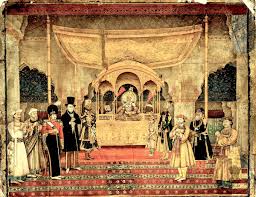
The history of the Red Fort begins with the great Mughal Emperor Shah Jahan, the ruler who also commissioned the Taj Mahal. In 1638, Shah Jahan decided to shift his capital from Agra to Delhi, and the construction of the Red Fort began. The fort was not just a royal residence; it was meant to symbolize the might of the Mughal Empire and reflect the grandeur and opulence of the Mughal court.
The idea behind the Red Fort was to create a new city within the city of Delhi. Shah Jahan envisioned the fort as a majestic and self-sufficient palace complex that would include everything the emperor needed to rule his vast empire. From royal apartments to mosques, gardens, and meeting halls, the Red Fort was meant to be a place where the emperor could live in comfort and also serve as the political center of the empire.
Construction of the Red Fort began in 1638 and took a decade to complete. The fort is not just a defensive structure but a symbol of the Mughal dynasty’s power and architectural prowess. The design of the fort was influenced by Persian, Timurid, and Indian architectural traditions, combining the best elements from these different cultures to create something truly unique.
Architecture: A Blend of Mughal Grandeur and Indian Tradition
The Red Fort is an architectural marvel that blends Persian, Central Asian, and Indian styles seamlessly. The fort spans over 254 acres and is surrounded by a massive red sandstone wall, which is why it’s called the “Red Fort.” The imposing walls are about 2.5 kilometers long and are punctuated by impressive gates and bastions.
One of the most striking features of the Red Fort is its massive entrance, the Lahori Gate, which faces the bustling streets of Delhi. The gate is adorned with intricate carvings and carvings of lotus flowers and other motifs that are characteristic of Mughal architecture. The Lahori Gate is not just an entrance; it’s a symbol of the fort’s splendor, welcoming visitors into a world of luxury and grandeur.
As you step through the Lahori Gate, you enter the Chhatta Chowk, a covered bazaar that was once a bustling market for the Mughal court. It’s believed that this market sold a variety of goods, including jewelry, textiles, and other luxury items. Today, the Chhatta Chowk still retains its charm, although it’s mostly a spot for tourists to purchase souvenirs.
Moving deeper into the fort, you’ll come across the Naubat Khana (the drum house), which was once the place where the royal musicians would perform for the emperor and his court. The Naubat Khana is a beautiful structure with intricate carvings and arches. It’s here that the Mughal emperors would hear the sound of ceremonial drums, signaling important events and moments of significance in the royal court.
The Diwan-i-Aam, or the Hall of Public Audience, is one of the most important structures inside the Red Fort. This grand hall was the place where the emperor would address the common people. The hall is beautifully decorated with stunning arches and columns, and its open-air design allows the emperor to be seen by all who gathered in the courtyard below.
Next to the Diwan-i-Aam is the Diwan-i-Khas, or the Hall of Private Audience. This hall was reserved for the emperor’s private meetings with his ministers, courtiers, and diplomats. It is smaller and more intimate than the Diwan-i-Aam, but it’s no less impressive. The Diwan-i-Khas is best known for the Peacock Throne, a magnificent throne once encrusted with diamonds, pearls, and other precious gems. The throne itself was taken by the Persian invader Nader Shah in 1739, and its whereabouts remain unknown.
The Moti Masjid, or the Pearl Mosque, is another beautiful structure within the Red Fort complex. Built by Shah Jahan, the mosque is made entirely of white marble, contrasting with the red sandstone that dominates the rest of the fort. The mosque is considered one of the most beautiful examples of Mughal architecture, and its simplicity and elegance make it stand out from the more opulent structures within the fort.
The Red Fort: A Seat of Power
For nearly 200 years, the Red Fort was the seat of the Mughal Empire. It was within these walls that the emperors ruled over their vast domains, making important decisions and forging alliances with foreign powers. The fort was not just a royal residence; it was a symbol of the empire’s strength and a center of political and military power.
During the reign of Shah Jahan, the Red Fort was at its peak. The Mughal court was renowned for its opulence, and the Red Fort reflected that. The emperor and his courtiers lived in grand palaces, surrounded by beautiful gardens, water fountains, and ornamental structures. The fort became a symbol of the Mughal dynasty’s power, wealth, and sophistication.
However, the decline of the Mughal Empire marked the beginning of the end for the Red Fort as a seat of power. After the death of Aurangzeb, the last of the great Mughal emperors, the empire began to weaken. The fort’s grandeur faded as the empire fractured, and the Red Fort became less of a political center and more of a symbolic relic of a once-great dynasty.
The British Era and the Red Fort
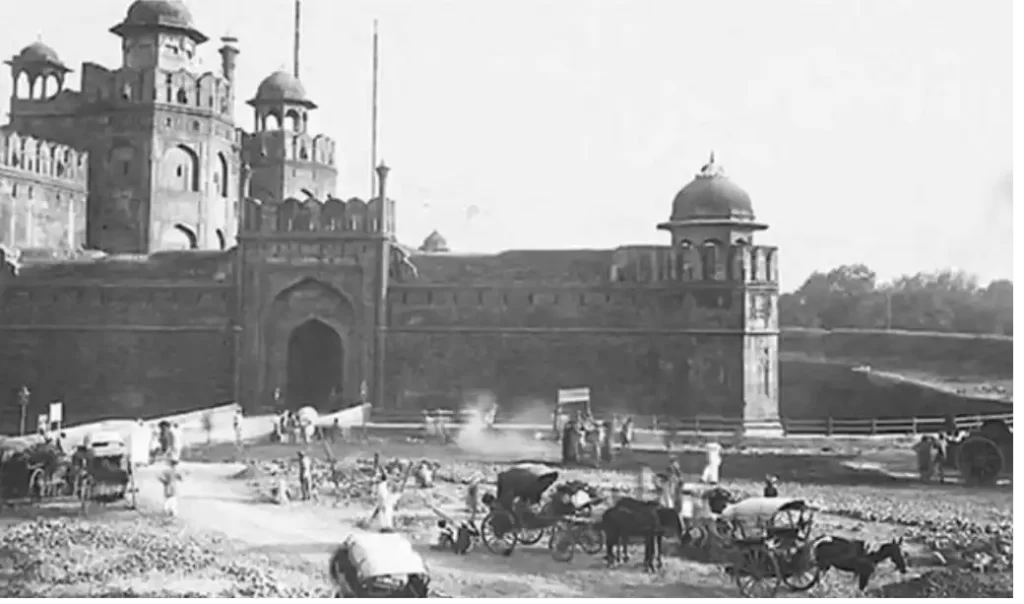
The British East India Company began to assert its control over India in the mid-18th century, and by the early 19th century, the Red Fort became a part of British India. In 1857, the fort became a focal point during the Indian Rebellion (also known as the First War of Indian Independence). The British troops captured the fort, and the last Mughal emperor, Bahadur Shah Zafar, was exiled to Rangoon (now Yangon) in Burma.
The British took control of the Red Fort and made several changes to the fort’s structure. They built several new buildings inside the fort, including the Rang Mahal (the Palace of Colors), which was used as a residence for the British officers. The British also removed much of the opulence from the fort, stripping away many of its treasures and leaving behind a more utilitarian space.
However, despite the changes made during the British era, the Red Fort still retained its significance as a symbol of India’s history and heritage. In 1947, when India gained independence from British rule, the Red Fort became a symbol of the country’s newfound freedom. On August 15, 1947, the first Prime Minister of India, Jawaharlal Nehru, raised the Indian flag over the Red Fort for the first time, marking the dawn of a new era in India’s history.
The Red Fort Today: A Symbol of Independence and Heritage
Today, the Red Fort stands as one of India’s most important cultural and historical landmarks. It was declared a UNESCO World Heritage Site in 2007, recognizing its global significance and preserving its legacy for future generations. The fort attracts millions of tourists each year, both from India and around the world, all eager to experience its grandeur and learn about its fascinating history.
The Red Fort is also a symbol of India’s independence. Every year, on August 15, the Prime Minister of India hoists the national flag at the fort to commemorate India’s independence from British rule. The Red Fort serves as the backdrop for the annual Independence Day celebrations, making it a central point in the country’s national identity.
The fort has also become a focal point for cultural events, exhibitions, and performances, further cementing its role as a symbol of India’s rich heritage. Whether it’s the annual sound-and-light show or cultural festivals celebrating Indian history and traditions, the Red Fort continues to be a vibrant and active part of Indian life.
Conclusion: The Timeless Legacy of the Red Fort
The Red Fort is more than just a historical monument; it’s a symbol of the rise and fall of empires, the triumph of Indian culture, and the resilience of the people who have lived and fought within its walls. From the grandeur of the Mughal era to its transformation during British rule and its significance in modern-day India, the Red Fort has witnessed it all.
Visiting the Red Fort is not just about admiring its architecture or learning about its history; it’s about connecting with the soul of India itself. It’s a place where the past and present merge, where the stories of rulers and rebels, conquerors and visionaries, are still alive. Whether you’re standing in the shadow of the towering walls or walking through the quiet halls, the Red Fort continues to tell its story — a story that is still unfolding.

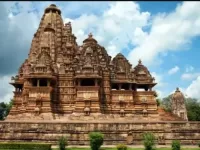




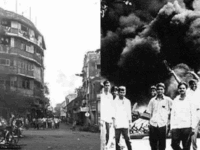




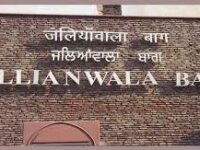

















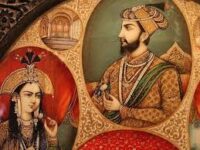
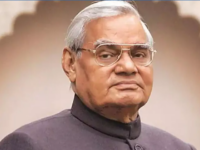







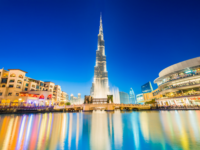

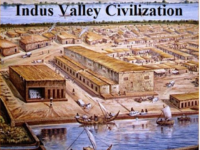











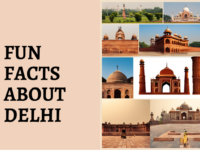


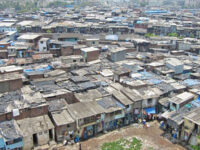

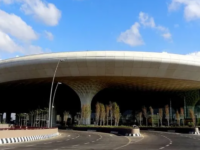









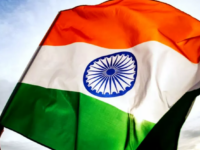


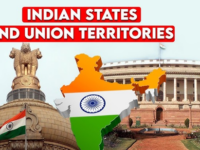


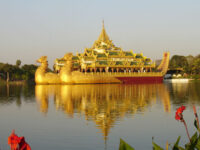













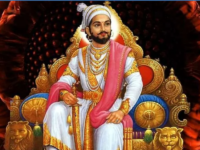
















0 Comments